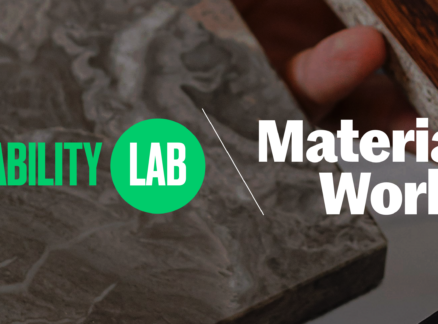December 31, 1969
Marine Subtext
Shipping references define a new office on Rotterdam’s Heijplaat docklands.
Completed last July, the interior of the City Ports Rotterdam office, in the Netherlands, is a modern jewel box hidden within the rough brick walls of a 1920s waterfront building that once hosted dockworkers and wartime submarine draftsmen. Delft-based design agency Fabrique preserved many of the historic details while carving out 16,146 square feet of contemporary work space, a library, a canteen, two conference rooms, and management offices for City Ports, an organization established last year to oversee the redevelopment of Rotterdam’s harbors.
The solution is so clean that it could be mistaken for simple, although it was thoroughly investigated. Taking its cues from the industrial and mobile nature of the shipping environment, the Fabrique team used contrasts in scale, form, materials, graphics, and palette to create offices befitting a progressive young company. In fact, employees feel that the space echoes their approach to the harbor development work. “The design is open, active, and innovative,” City Ports’ W. S. van der Hoek says. “That is what we want to achieve in our projects. We want to bring all kinds of disciplines together, and the office design feels very inspiring in this way.”
The open-plan office is orderly despite the fact that nearly everything inside it can be moved. Almost every object is treated like a shipping container by being set on wheels and stenciled with a number and name that corresponds to a similarly marked wall indicating its primary position. Custom-made mint-colored cabinets on casters are multifunctional, serving as work surfaces, storage units, partitions, and displays for the large harbor maps that employees often need to refer to. “Every object has a story,” designer Isis Spuijbroek says. “Every object is a thing in itself, and it has a life in the context in which it is placed.”
Consisting of a large work space that leads to more intimate rooms for meeting, eating, and socializing, the office feels alive with contradictions that play well together. Historic details complement contemporary elements. Fabrique chose to let sturdy functional expressionist features, such as the wall molding, coexist with streamlined Eames chairs and a vast Plexwood floor. The sheet-glass walls of the top-floor offices are printed with larger-than-life reproductions of 1940s black-and-white photographs of the area. The semitransparent imagery provides a degree of privacy without entirely closing off the spaces, adding a whispery depth to the interior. A mix of rich old-fashioned colors and vivid industrial shades—green cabinets, yellow and green ceilings, chocolate and crimson walls, and safety-orange signage—fills the rooms.
Jurgen Bey’s 1999 Light Shade Shade, which sheathes a baroque chandelier in silvery plastic, hangs in the reception area—a kind of summary of the interior design. “We connected the past with the present and the future of the building,” Spuijbroek says. “It was a process of transformation.”





